When we got back outside, we heard a commotion around the corner at the Half-Moon Battery, so we went to check it out.
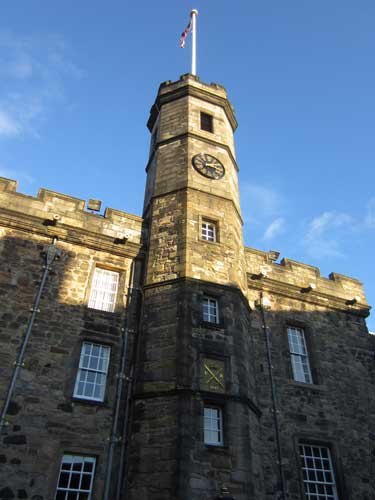
The Royal Palace, located in the very center stronghold of the castle
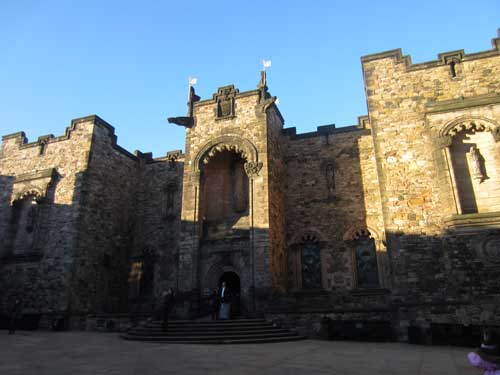
Next to it was another impressive building that now housed the Scottish National War Museum.
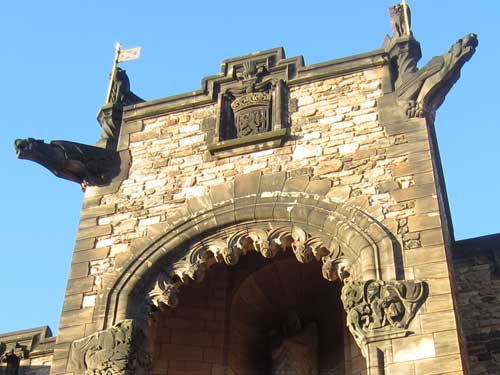
A man dressed as a castle guard from 1650 was talking about the siege of the castle. In an animated fashion, he proudly boasted that it took Oliver Cromwell three months to finally starve them out and get them to surrender. Cromwell then marched over to Stirling castle... which surrendered immediately, he uttered with distain. He explained that the guards over there were not like he was... they were clansmen who were not loyal to the king but rather to their clan chiefs who supported Cromwell. In a mocking fashion, he called it a "girly castle with purple rooms" and that the guards were merely "skirt-wearing, haggis-eating, alcoholics." Very entertaining!

We then stopped briefly in David's Tower... which was no longer an actual tower. All that remained of it was some underground chambers.
David's Tower was begun around 1367 by King David II and completed in the 1370's by his successor, Robert II. The large square tower stood about 60 feet high and was located where the Half-Moon Battery is now. It survived almost 200 years until the Lang Siege of 1573.
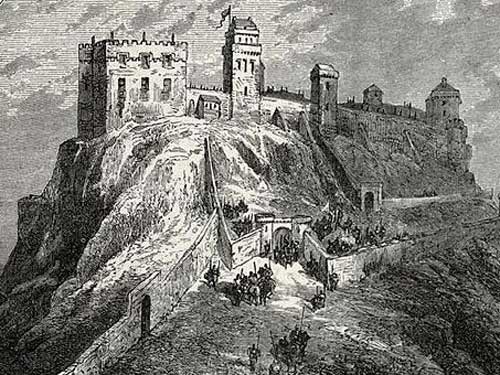
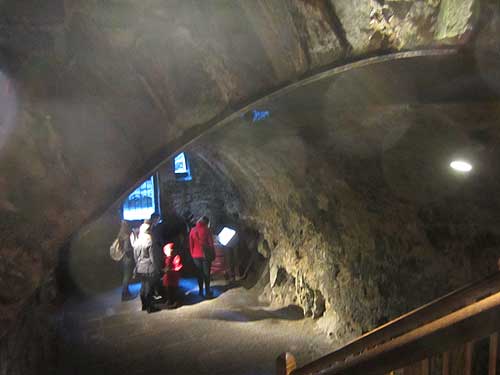
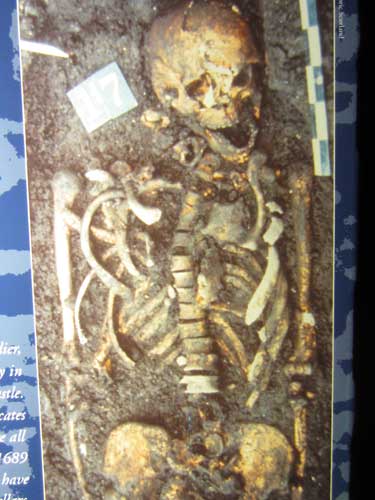
Skeletons found buried in these cellars appeared to be soldiers who most likely died down here during the 1689 siege (yes, the castle was sieged numerous times).
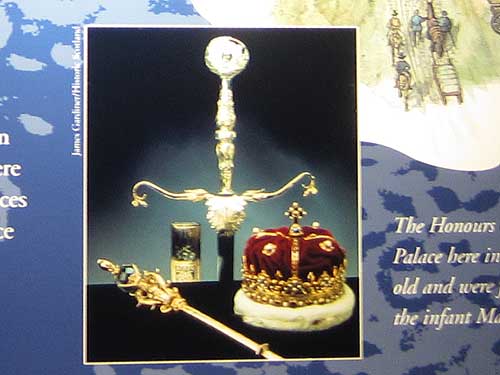
The crown jewels were hidden down here in 1941 due to the threat of a German invasion. Fortunately, no invasion ever took place and the jewels were removed from hiding in 1945.
The sun was starting to set so we slowly made our way to the exit, making just a few more quick stops.
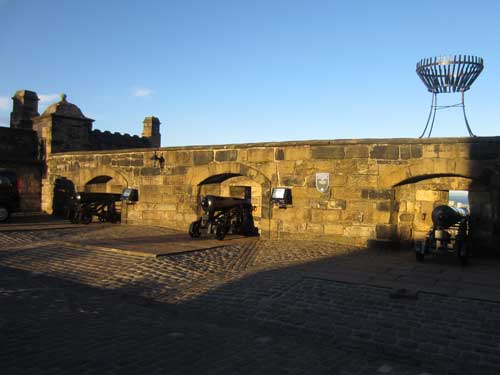
Another day comes to a close on the castle walls.
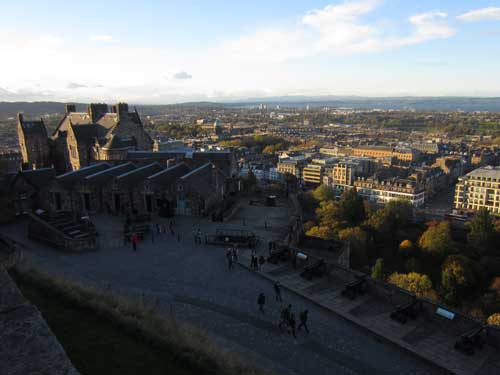
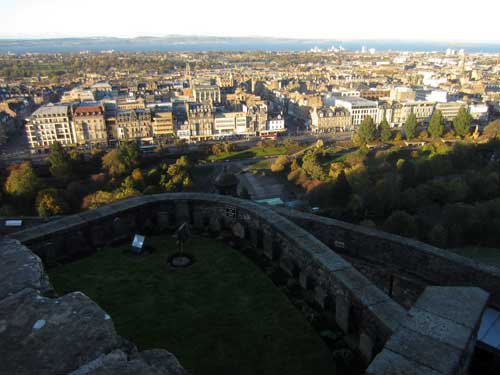
This small garden in the corner of the castle has been used since Queen Victoria's reign (1837-1901) as a burial place for regimental mascots and officers' dogs.
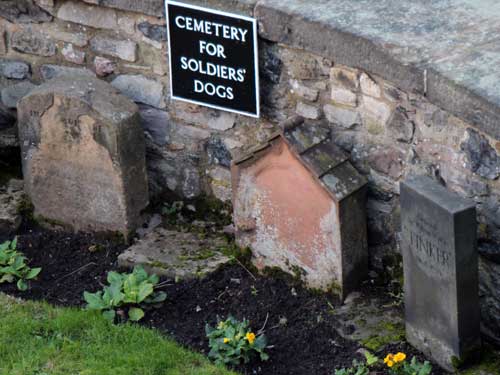
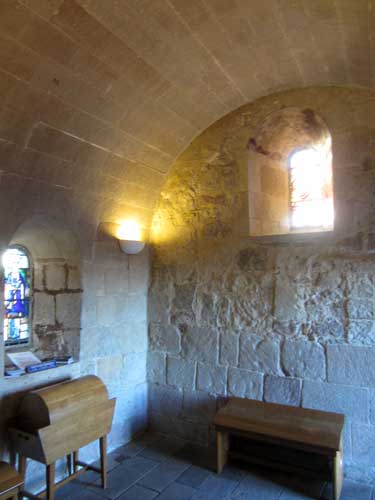
Saint Margaret's Chapel is the oldest building in the castle built by King David 1 (1124-53) and is dedicated to his mother who died here in 1093. She was made a saint in 1251.
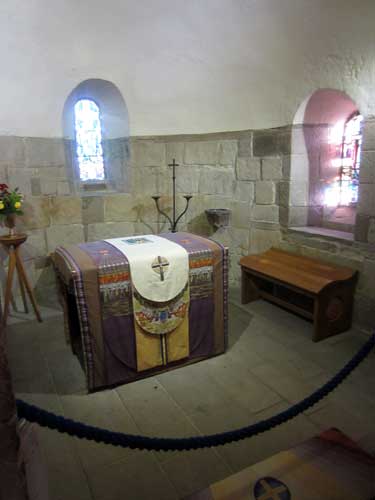
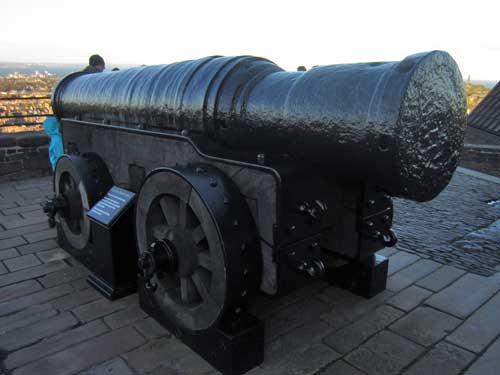
Named Mons Meg, this giant siege gun was presented to King James II in 1457 and used in war against the English. It was kept in the castle and also used for firing salutes. During one such firing in 1558, the massive gunstone was found almost 2 miles away! It was last fired in 1681 when its barrel burst.
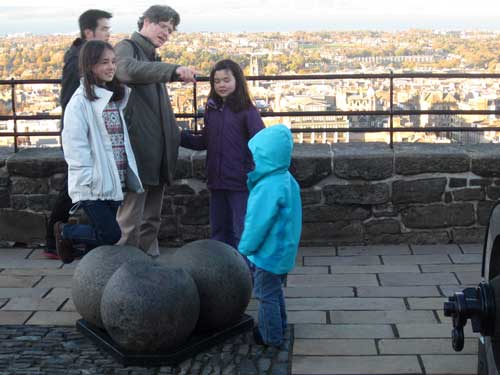
The size of the gunstones!
The Argyle Tower was built in 1887 on top of the portcullis gate where Archibald Campbell, the 9th Earl of Argyle, was supposed to have been confined before his execution for treason in 1685.
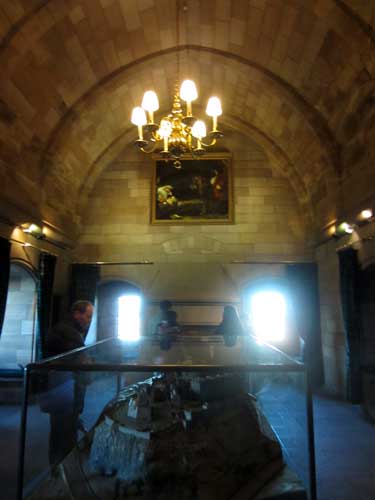
During most of the 19th century, the Great Hall was used as a military hospital.

"The last sleep of Argyll" by E.M. Ward (1857); the Earl is said to have dined well, slept soundly, and went to his death defiant to the end.

Leaving the castle
We stopped by his hostel so Sebastian could get some warmer clothes then walked up to Calton Hill to watch the sunset.
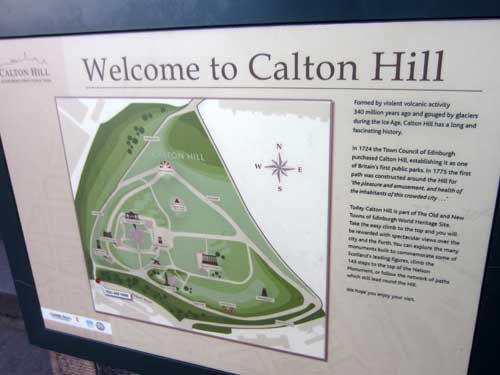
Calton Hill was formed by volcanic activity 340 million years ago and gouged by glaciers during the Ice Age. The town council purchased it in 1724, making it one of Britain's first public parks, and in 1775, the first path was constructed for "the pleasure and amusement and health of inhabitants of this crowded city..." Today it contains several monuments dedicated to some of Scotland's leading figures.
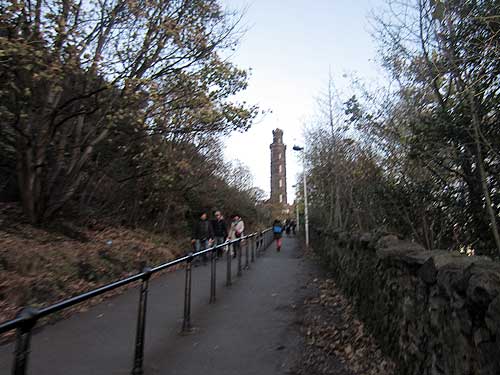
The long walk uphill
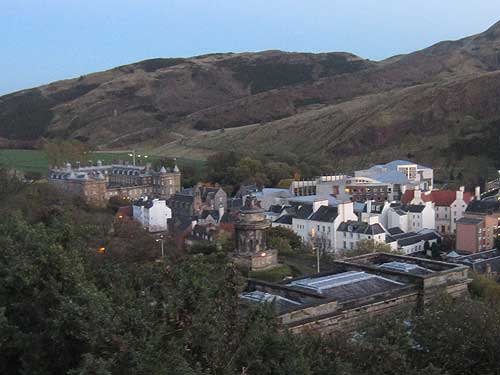
The Palace of Holyroodhouse (of just Holyrood Palace) is the official residence of the British monarch in Scotland.
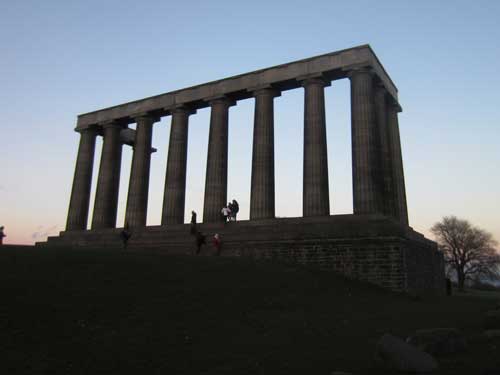
The National Monument of Scotland is a memorial to the Scottish soldiers and sailors who died fighting in the Napoleonic Wars. It was modeled after the Parthenon in Athens. Construction began in 1826 but due to a lack of funds, it was simply left unfinished in 1829. Subsequent attempts to complete always fell through, either due to cost or lack of local enthusiasm.
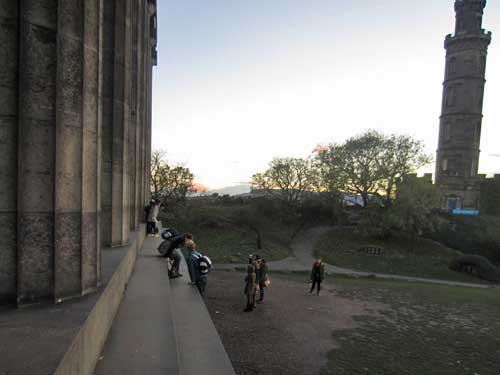
It was a rather steep and difficult climb up!
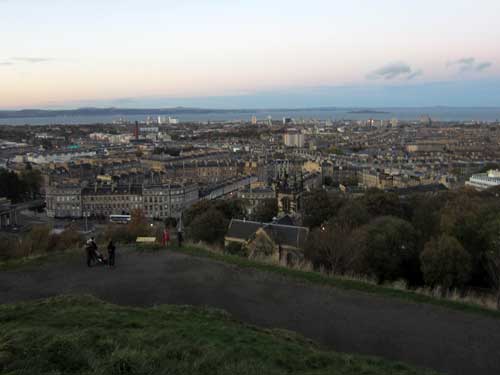
Amazing views of the city!
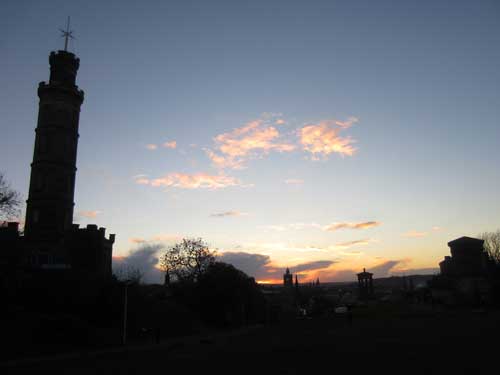
The Nelson Monument was built from 1807-1816 to commemorate naval hero Admiral Horatio Nelson who died leading his fleet to victory at the Battle of Trafalgar in 1805.

Gorgeous colors!


